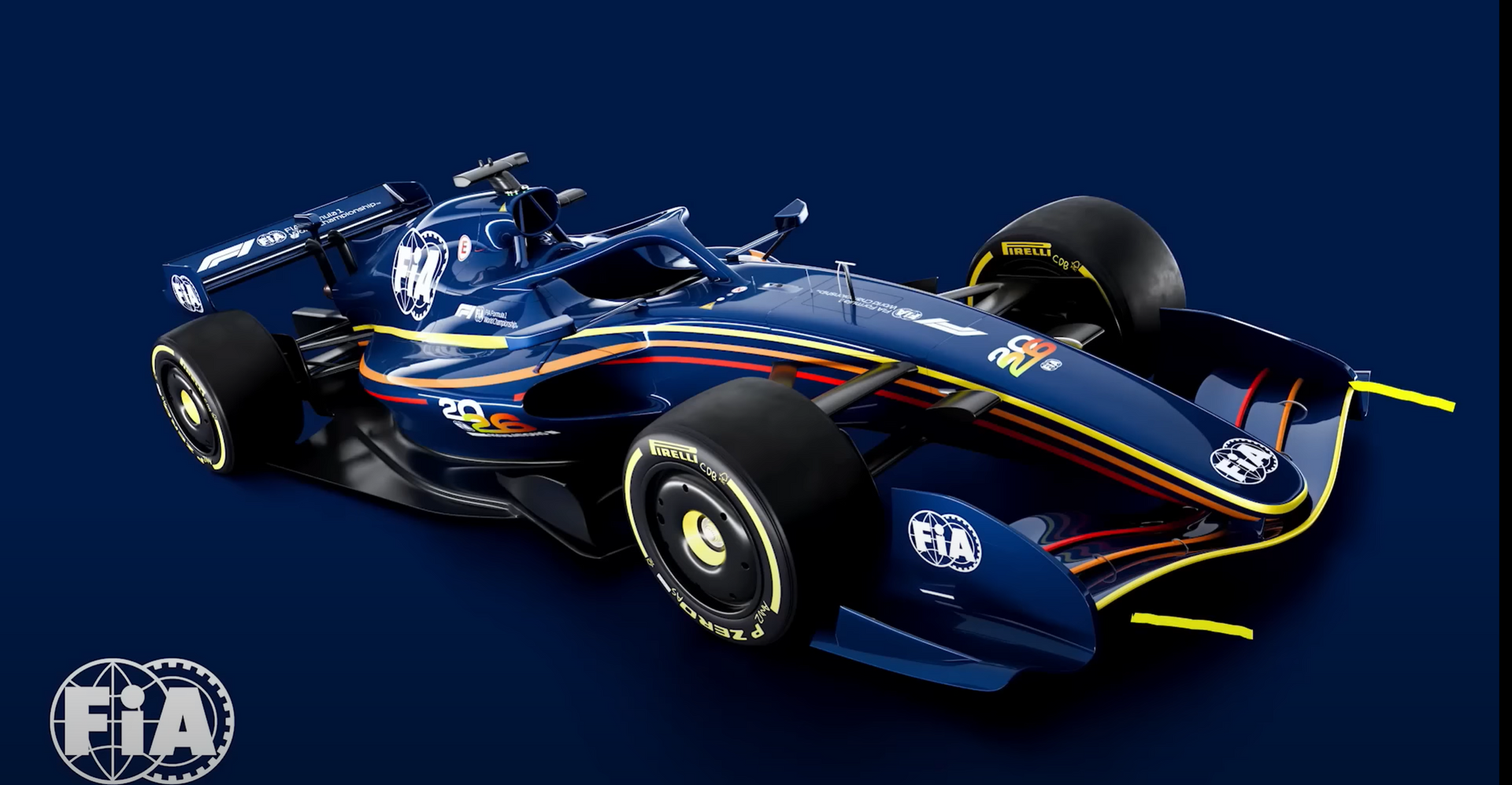The Future of Formula 1: 2026 Technical Regulations Unveiled
The Federation Internationale de l'Automobile (FIA) has unveiled the top-line technical regulations for the 2026 Formula 1 season, heralding a significant evolution in the design and performance of F1 cars. This upcoming shift promises to introduce vehicles that are smaller, lighter, and more efficient, with numerous technical changes aimed at improving racing dynamics and safety. Let’s delve into the details of what to expect from these groundbreaking regulations.
Smaller and Lighter Formula 1 Cars in 2026
One of the most notable changes is the reduction in the size of the cars. The new vehicles will be narrower by about 100 millimeters and are expected to be slightly shorter, with a maximum wheelbase of 3.4 meters, down from 3.6 meters. This reduction in size is complemented by a decrease in weight, with the new cars projected to be around 30 kilograms lighter than the current 798-kilogram models, tipping the scales at approximately 768 kilograms.
2026 Formula 1 Aerodynamic Changes
The aerodynamic profile of the 2026 cars will undergo significant modifications. The new regulations will enforce a 30% reduction in downforce and a 55% decrease in aerodynamic drag. This change aims to improve fuel efficiency and potentially increase top speeds on faster circuits. The front wings will be narrower and feature fewer elements, enhancing the ability to follow other cars more closely and improve overtaking opportunities.
Enhanced Safety Features in 2026 F1 Cars
Safety remains a top priority. The new generation of cars will feature strengthened roll hoops and anti-intrusion panels to better protect drivers in the event of a crash. The front impact structure will be redesigned with a two-stage system to enhance protection during high-impact collisions, safeguarding drivers' legs and feet more effectively.
Innovative Aerodynamic Features for Formula 1 in 2026
Key aerodynamic innovations include a raised nose and a more complex design for the front wing end plates, which will now focus on generating aerodynamic inwash around the front wheels. This adjustment is intended to reduce the overtaking-impeding outwash effect prevalent in current designs. The introduction of inwash generating fins, reminiscent of barge boards, will further enhance aerodynamic performance.
New Movable Wing Elements in 2026 F1 Cars
A significant departure from the current DRS system, the new regulations introduce movable elements on both the front and rear wings. Dubbed X mode and Z mode, these configurations allow for adjustments to the wings to optimize drag and downforce dynamically. X mode will facilitate lower drag for higher straight-line speeds, while Z mode will increase downforce for better cornering, activated manually or by braking.
Power Unit and Fuel Innovations for 2026 Formula 1
The 2026 regulations also mandate the use of non-fossil fuels, with manufacturers developing bio-derived fuels. The hybrid power units will see an increase in electrical power capacity to 350 kilowatts, up from 150 kilowatts, providing an "electro boost" to aid overtaking maneuvers. The absence of the MGU-H component will simplify the power unit, focusing on the MGU-K for energy recovery and deployment.
Development Timeline and Adjustments for 2026 F1 Cars
Teams are prohibited from beginning aerodynamic development on these new cars until January 1, 2025. This restriction ensures a level playing field as teams explore the intricacies of the new regulations. By the end of June 2024, a detailed set of finalized technical regulations is expected, providing teams with the framework to begin designing and refining their 2026 contenders.
Will it be an exciting 2026?
The 2026 Formula 1 technical regulations represent a bold step forward, promising cars that are not only more efficient and safer but also potentially more competitive and exciting to watch. The combination of reduced size and weight, innovative aerodynamic features, and advanced power unit technologies sets the stage for a thrilling new era in Formula 1 racing. As teams prepare to embark on this next chapter, the anticipation builds for what promises to be a revolutionary evolution in the sport.
```


